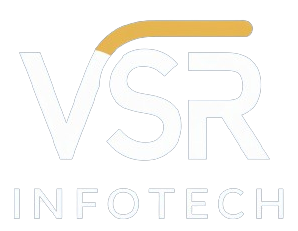Business Analyst Master Program with Placement Assistance
- Home
- Courses
- Business Analyst
Business Analyst Course Curriculum
- Importance of Effective Business Analyst
- Role of Business Analyst
- Standardization & Adaptability
- Role of the Business Analyst requirements planning
- Vision and Scope Documents
- Stakeholders
- Business Analyst plan
- Business Analyst role in Requirements Elicitation
- Investigative approach
- Iterative approach
- Techniques
- Interviews
- Focus Groups
- Requirements Workshop : 1. Requirements meeting 2. JAD session
- Brainstorming
- Observation
- Survey
- Prototype
- Document Analysis
- Business rules analysis
- Reverse engineering
- Product trials
- Requirements of Analysis
- How to use Analysis to get a stakeholder feedback and verify and validate
- Developing of requirements
- Value of modelling techniques in analysis
- Modeling Techniques
- Types of model – Organisational model, Location model, Process/flow model, Use case model, Data models, State model
- Various types of requirements
- Business rules analysis
- Prioritising requirements
- Verifying and validating requirements
- Introduction to formal and informal documentation
- Detail required for formal and informal documentation
- Usability and Comprehension writing
- Document defects of common requirements
- Components of a formal requirements document
- Requirements of Verification and Validation
- Requirements sign-off
- Project and Decommission
- Change Management
- How to define a baseline
- How to define a change management process
- How to identify the change authority
- Traceability and its uses
- Requirements of Attributes
- Requirements of communication
- Testing and Non-testing Methods
- Purpose of Validation
- Find defects
- Prove compliance to requirements
- Test cases and test suites
- Types of challenges in Testing
- About Structured Testing
- Role of the Business Analysis in Solution Validation: V model
- Solution acceptance and project close-out
- Definition and causes
- Role of the Business analysis on the Enterprise analysis team
- Different steps in Enterprise Analysis
- Define Business need
- Techniques for root cause analysis
- Access capability gaps
- SWOT Analysis
- Determine the solution approach
- Define the solution scope
- Define the business case
- Contents of business case
- The BA’s limited role in developing a business case
- Competency Proficiency
- Necessary Competencies of BA
- Analytical thinking and problem solving
- Behavioural characteristics
- Business Knowledge
- Communication skills
- Interaction Skills
- Software application knowledge
- Use of iterative analysis
- Process improvement
- Best practices
- Progressive elaboration
- Check as you go
- Use of the investigative approach
- Adopt traceability
- Formalise business analysis through standardisation
- Improve communication through modelling
- Waterfall
- Incremental
- Agile
- Effects on business analysis
- Communication Skills
- Leadership Skills
- Problem-solving Skills
- Knowledge of Business
- Knowledge of IT
Types of Diagram:
- Class diagram
- Component diagram
- Composite structure diagram
- Deployment diagram
- Object diagram
- Package diagram
- Profile diagram
- Activity diagram
- State machine diagram
- Use-case diagram
- Communication diagram
- Interaction overview diagram
- Sequence diagram
- Timing diagram
- Real-time case studies to become a efficient Business Analyst.
- Hands-on experience on a real-time project work.

Have Any Question?
Explore our range of industry-leading courses today and take the first step towards success!

